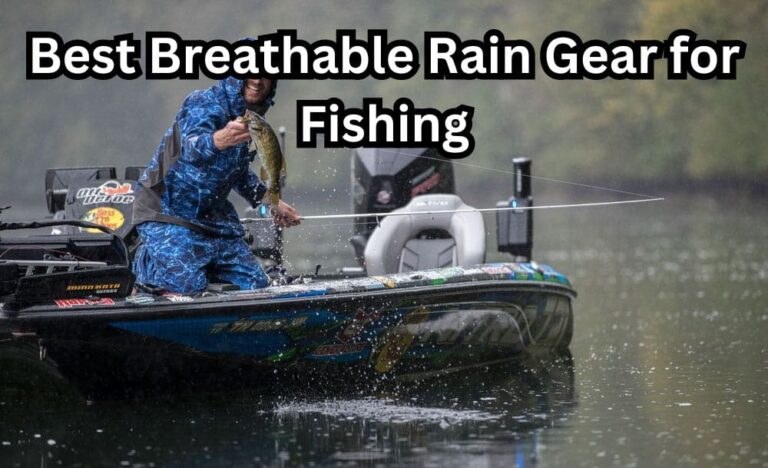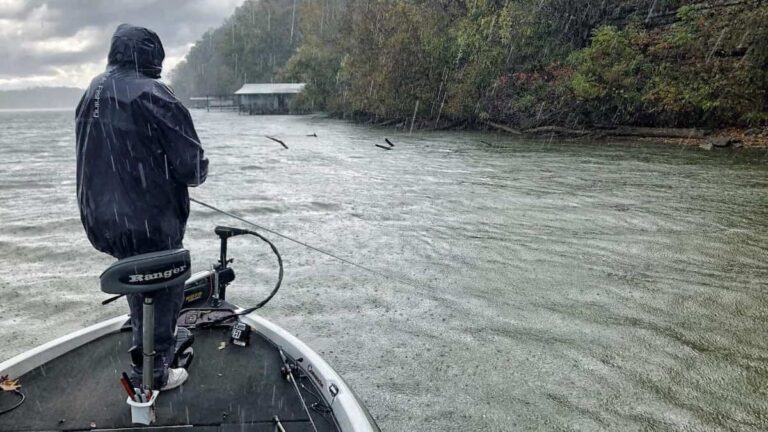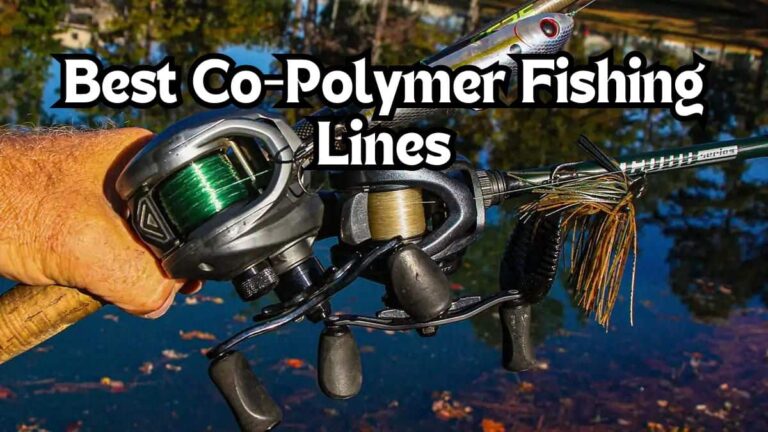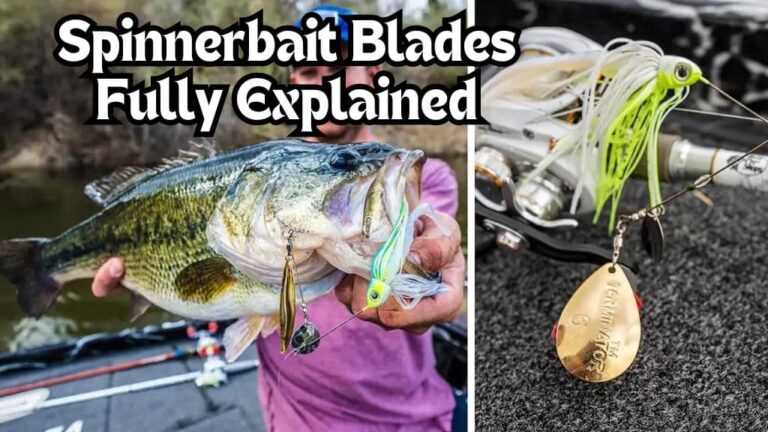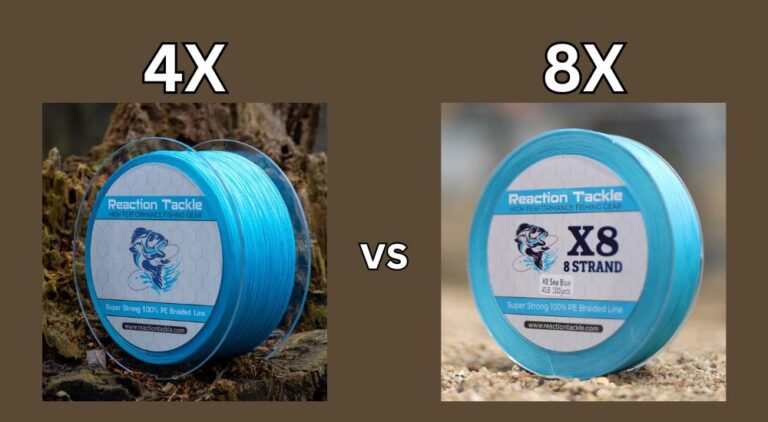Best Fishing Line for Spinning Reels: Monofilament, Braid, and Fluorocarbon
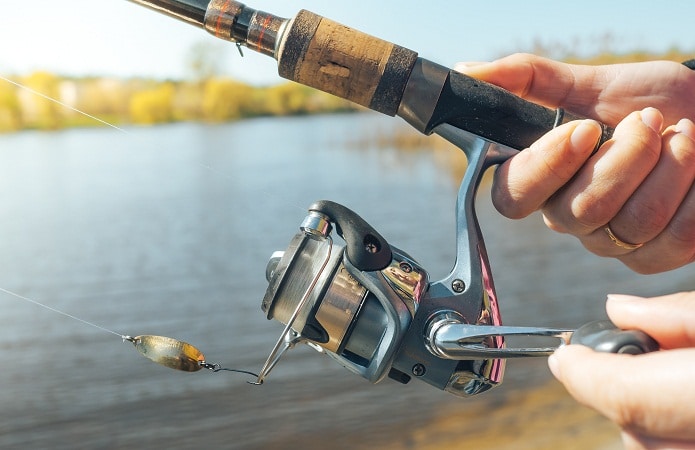
Calling all anglers! Are you in search of the ultimate fishing line for your spinning reel?
Look no further! In this article, we’ll explore the top contenders: monofilament, braid, and fluorocarbon.
Get ready to discover their strengths, weaknesses, and which one will best suit your fishing adventures. Let’s dive in and reel in the perfect catch!
Best Fishing Line for Spinning Reels
Each type of fishing line has its own unique characteristics and advantages that you need to understand before you spool up with one of them. Spinning reels also have different complimentary effects with each line.
1. Monofilament
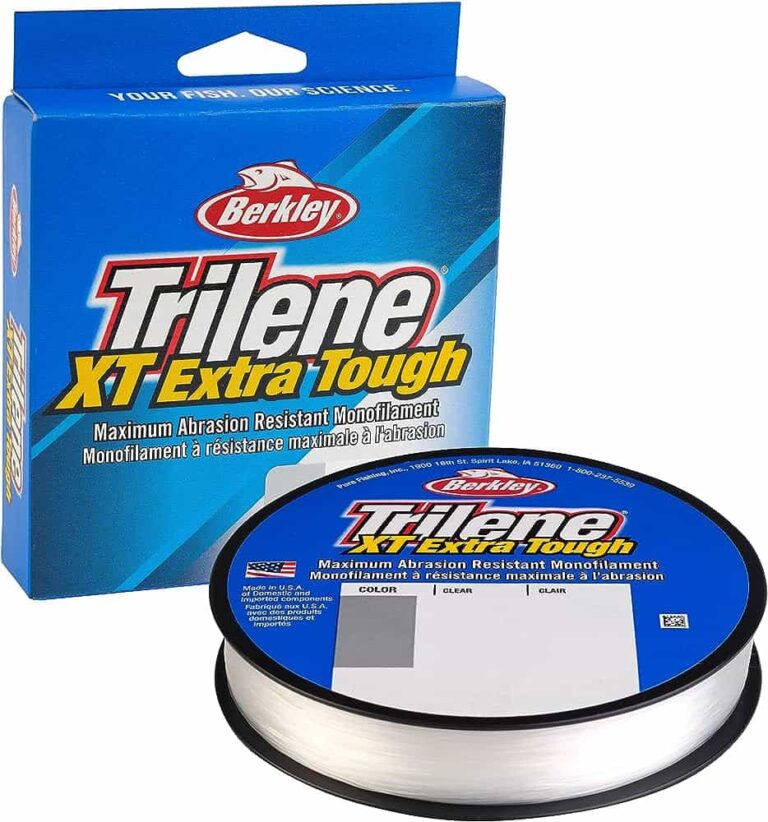
Alright, let’s talk about monofilament fishing line! If you’re new to the fishing world, this classic line is a great place to start.
Picture this: a single strand of fishing line that’s easy to handle, flexible, and forgiving. It’s like the reliable old friend that’s been there for anglers for ages.
One of the best things about monofilament is its versatility. Whether you’re casting in freshwater or saltwater, this line has your back.
It’s like an all-rounder, ready to take on a wide variety of fishing situations. Plus, it’s pretty affordable compared to some other fancy lines out there.
Now, I won’t sugarcoat it—monofilament does have its drawbacks. It can be prone to memory, meaning it might retain some of its coiled shape after being wound on the spool for a while. This can decrease casting distance and increase tangles with a spinning reel.
Another thing to keep in mind is that monofilament has some stretch to it. While this can be useful in absorbing shock when fighting a feisty fish, it might also mean you’ll feel a bit less sensitivity compared to other lines like braid or fluorocarbon.
All in all, monofilament is a fantastic choice for beginners or those looking for a dependable and budget-friendly fishing line.
Also read: How to Tie Mono to Braid
2. Braid

Let’s talk about braided fishing line – the heavy hitter in the fishing world! Imagine a super-strong, thin line made by weaving together multiple strands of fiber. This bad boy is here to bring some serious muscle to your fishing game.
One of the most significant advantages of braided line is its insane strength-to-diameter ratio. So, when you’re targeting those big game fish, this line won’t let you down.
Braid also does not experience any line memory that you have to worry about.
Oh, and let’s not forget about sensitivity! With braided line, you’ll feel every little nibble and tick on your lure. It’s like having a direct connection to the underwater world. So, if you’re all about detecting the faintest of bites, braided line is your go-to choice.
But hey, as with anything, there are a couple of things to consider. Braided line doesn’t stretch much, which can be a double-edged sword.
On the one hand, it gives you fantastic hook-setting power, but on the other hand, it means you’ll need to be careful when dealing with hard-fighting fish.
Also braided line is not very well suited for lures with treble hooks as the lack of stretch can pull the smaller hooks out and make you lose the fish.
Also, keep in mind that braided line is highly visible in the water. So, if you’re fishing in clear conditions or dealing with line-shy fish, you might want to add a fluorocarbon leader to the mix for some stealthiness.
Also Read: Best Braided Line Cutters
3. Fluorocarbon
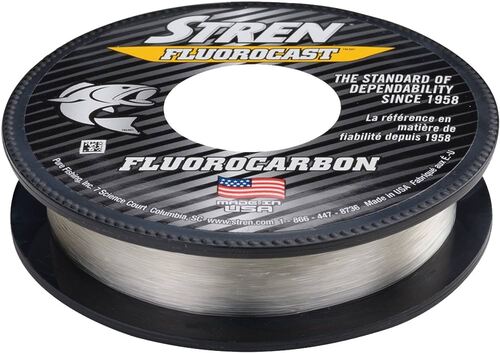
Imagine a fishing line that’s practically invisible underwater, like a secret weapon to outsmart those finicky fish.
Fluorocarbon is made from a special material that has a refractive index similar to water, making it blend in like a chameleon.
So, when you’re dealing with spooky fish or fishing in clear waters, this line becomes your best friend.
One of the fantastic things about fluorocarbon is its sinking ability. It’s like having a line that effortlessly glides underwater, helping you reach those deeper depths where the big fish like to hang out.
Now, here’s the real kicker – fluorocarbon is known for its abrasion resistance. When you’re fishing around rocks, reefs, or other sharp objects, this line can take a beating and still come out strong. Talk about durability!
But, like any superhero, fluorocarbon does have its kryptonite. It’s stiffer compared to other lines, which might affect casting distance and line management.
You might need to tweak your fishing techniques a bit to get the most out of it.
And here’s a tip – since fluorocarbon is less visible underwater, it’s often used as a leader material.
So, pairing it up with a braided or monofilament mainline gives you the best of both worlds – strength, sensitivity, and invisibility.
Pros and Cons of Each Fishing Line
| Type of Fishing Line | Pros | Cons |
| Monofilament | – Versatile and suitable for various fishing situations. | – Can have memory, leading to coiling on the spool. |
| – Affordable and readily available. | – Has some stretch, reducing sensitivity. | |
| – Easy to handle and forgiving for beginners. | – Higher diameter, reducing max line capacity and increasing line stiffness. | |
| – Good shock absorption when fighting strong fish. |
| Type of Fishing Line | Pros | Cons |
| Braid | – Exceptional strength-to-diameter ratio. | – Highly visible in the water. |
| – Offers excellent sensitivity for detecting subtle bites. | – Little to no stretch, making it less forgiving with hard-fighting fish. | |
| – Great for targeting big game fish. | ||
| – High abrasion resistance for fishing around rough structures. |
| Type of Fishing Line | Pros | Cons |
| Fluorocarbon | – Virtually invisible underwater, perfect for clear water and finicky fish. | – Stiffer, which may impact casting distance and line management. |
| – Sinks easily, reaching deeper depths. | – Generally more expensive compared to other lines. | |
| – High abrasion resistance, durable for tough fishing conditions. | – Less stretch, potentially leading to snapped lines with powerful fish. | |
| – Great as a leader material paired with other lines. |
My Personal Opinion
These days I pretty much only use braid and fluorocarbon. Monofilament line is great for beginners because it is cheap and versatile.
However, fluorocarbon gives many of the same benefits as monofilament with less visibility and more strength. The only downside of fluorocarbon is that it is very expensive.
Braid is my personal favorite even though it is super visible in the water. Typically I will use braid with a fluorocarbon leader. This gives me the best of both worlds.
If I am fishing very clear water, I will use straight fluorocarbon. The only time I will use straight braid is if I am frog fishing or jig fishing.
Monofilament can be great for fishing smaller crankbaits, but other than that, I much prefer braid and fluorocarbon.
With that being said, if budget is a problem for you, monofilament will do just fine and preform much the same in most scenarios.
Also consider CoPolymer Fishing Line
Reeling this In
In the end, the best fishing line for your spinning reel comes down to your personal preferences and fishing style. You may also want to consider the lifespan of each fishing line.
Monofilament offers versatility and affordability, braided excels in strength and sensitivity, while fluorocarbon brings stealth and invisibility to the table.
Whether you pick one or mix them up, remember to cherish the joys of fishing and embrace the excitement of every catch. Happy fishing and tight lines!


